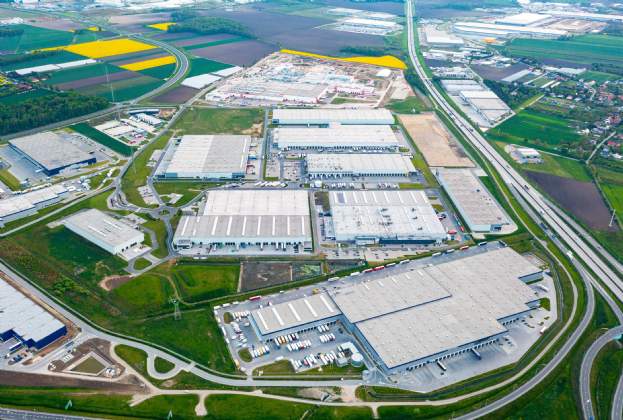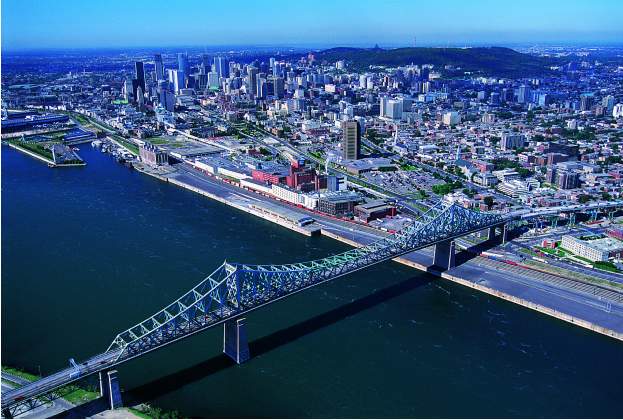Companies face decisions regarding the location, number and functions of the facilities within their supply chain often. Sometimes the companies have grown through mergers and acquisitions resulting in significant redundancy and overlap of service territories. At times, they have grown organically but their customer base has expanded their geographic reach and shipments take too long to reach the customer. When companies lack space to accommodate current or future volumes, they often also lack flexibility or responsiveness to ever-changing supply and demand. In some cases, companies are not operating their supply chain facilities in an efficient manner resulting in uncontrolled costs. The reasons why companies may consider a realignment, restructuring, expansion or consolidation of their supply chain facilities are too numerous to mention. The common denominator, however, is the need for supply chain strategy and optimization through network modeling and location strategy.
What is supply chain network modeling? It is a process by which companies can evaluate the number, location, size, customer assignment, product segmentation and function of their supply chain facilities using a combination of their data, modeling software, scenario planning, and growth projections alongside strategic considerations and constraints. Supply chain optimization through network and scenario modeling evaluates any of a number of potential future states (to-be) against a baseline (as-is) in order to quantify the opportunity for and impact of transportation cost savings, footprint reduction/consolidation, strategic market expansion and penetration, channel shifts, product mix changes and growth scenarios. This analysis is used in combination with labor analytics, real estate evaluation, site comparisons, incentive identification and utility rates and availability to identify the optimal future-state for their supply chain network. These key variables should be evaluated when a company is looking to make the best-informed and most strategically advantageous decision regarding the number, location and functions of the nodes within their supply chain.
What value a network optimization study delivers is a question that often comes up. Every company’s situation is different, and opportunity comes in a variety of forms. One constant, though, is that the wrong decision in a site selection process can be extremely costly. This is why it is best to make a data-driven decision while considering as many of the variables of a location decision as possible. What good is it to identify a great location for supply chain facilities if real estate or labor either aren’t available or insufficient to meet the company’s needs? What if the lowest transportation cost option doesn’t meet the company’s targets for service delivery time for outbound shipments? What if a preferred location is great for outbound transportation but is extremely expensive for inbound transportation, or viceversa? In a competitive environment, it is not only costly to make a location decision for the wrong reasons but can also result in a competitive disadvantage. The right network strategy can and often does provide a 10 to 20% reduction in transportation costs while achieving a similar improvement in service delivery time. In the case of network consolidations, savings associated with footprint or real estate costs and overall headcount reductions are often achieved. For reference, recent network optimization programs conducted by Savills Supply Chain Consulting team identified transportation cost savings of 26-32% for those clients while also improving customer shipment delivery time and overall supply chain operating cost savings.


.jpg)
.jpg)
.jpg)
.jpg)
.jpg)
.jpg)
.jpg)
